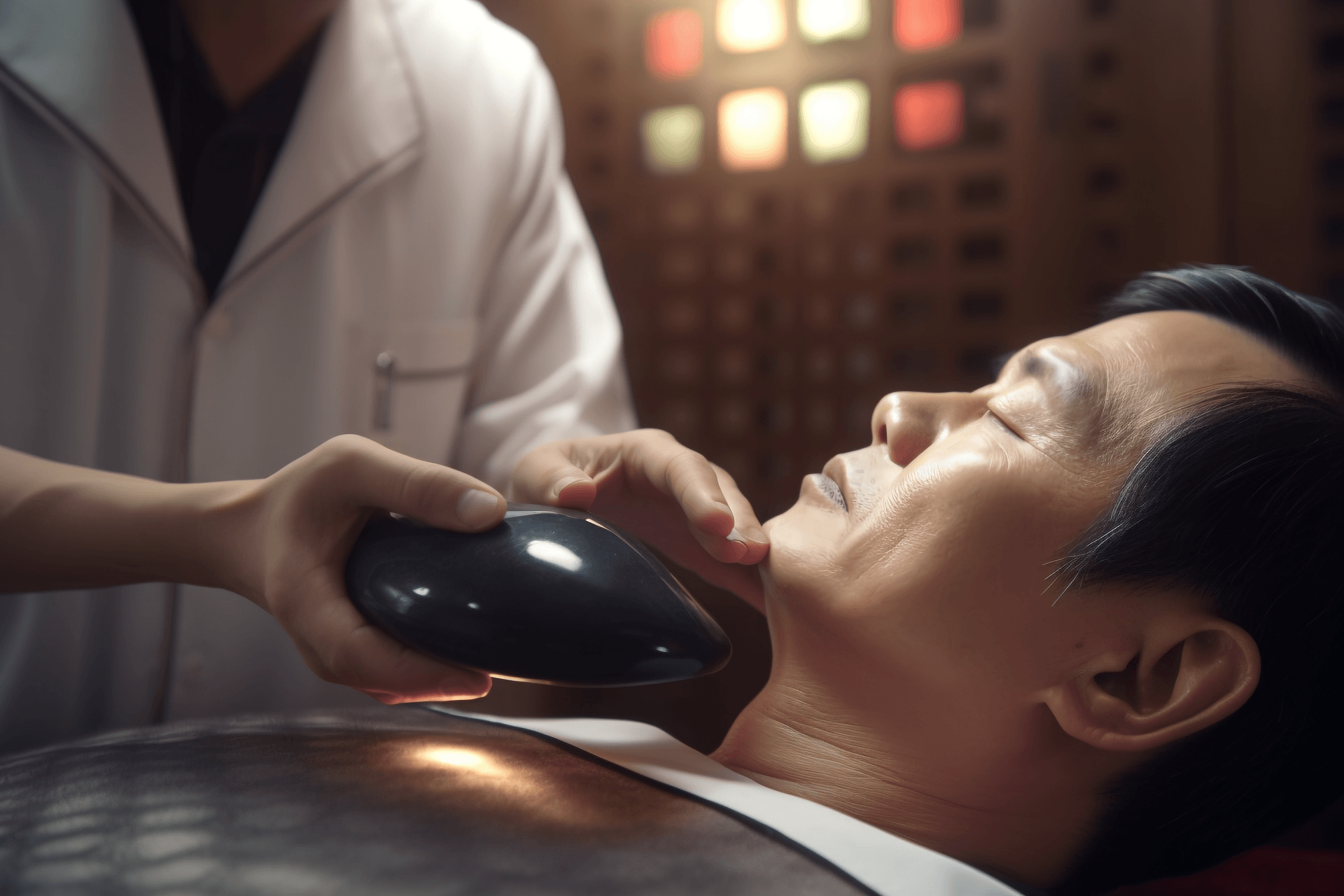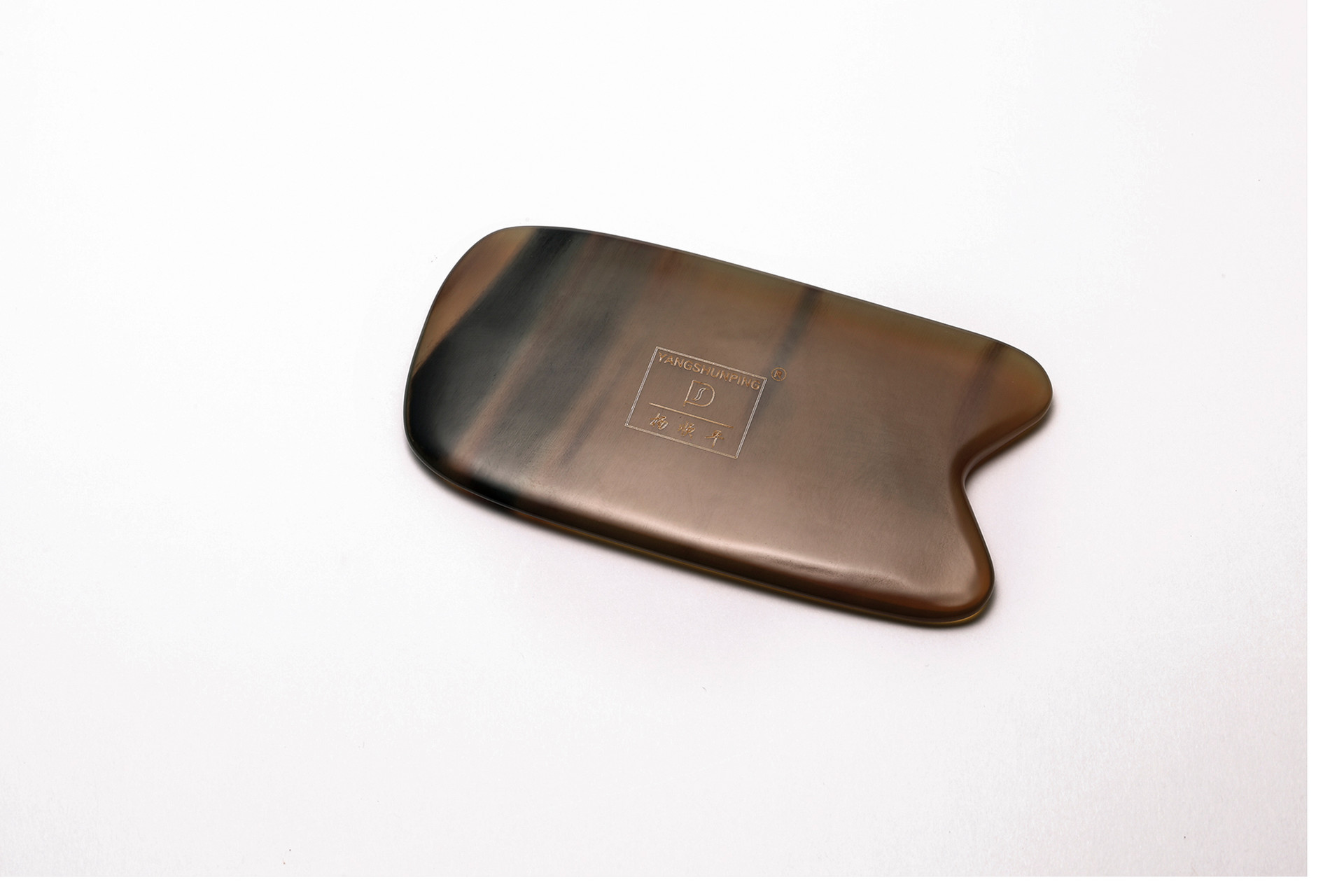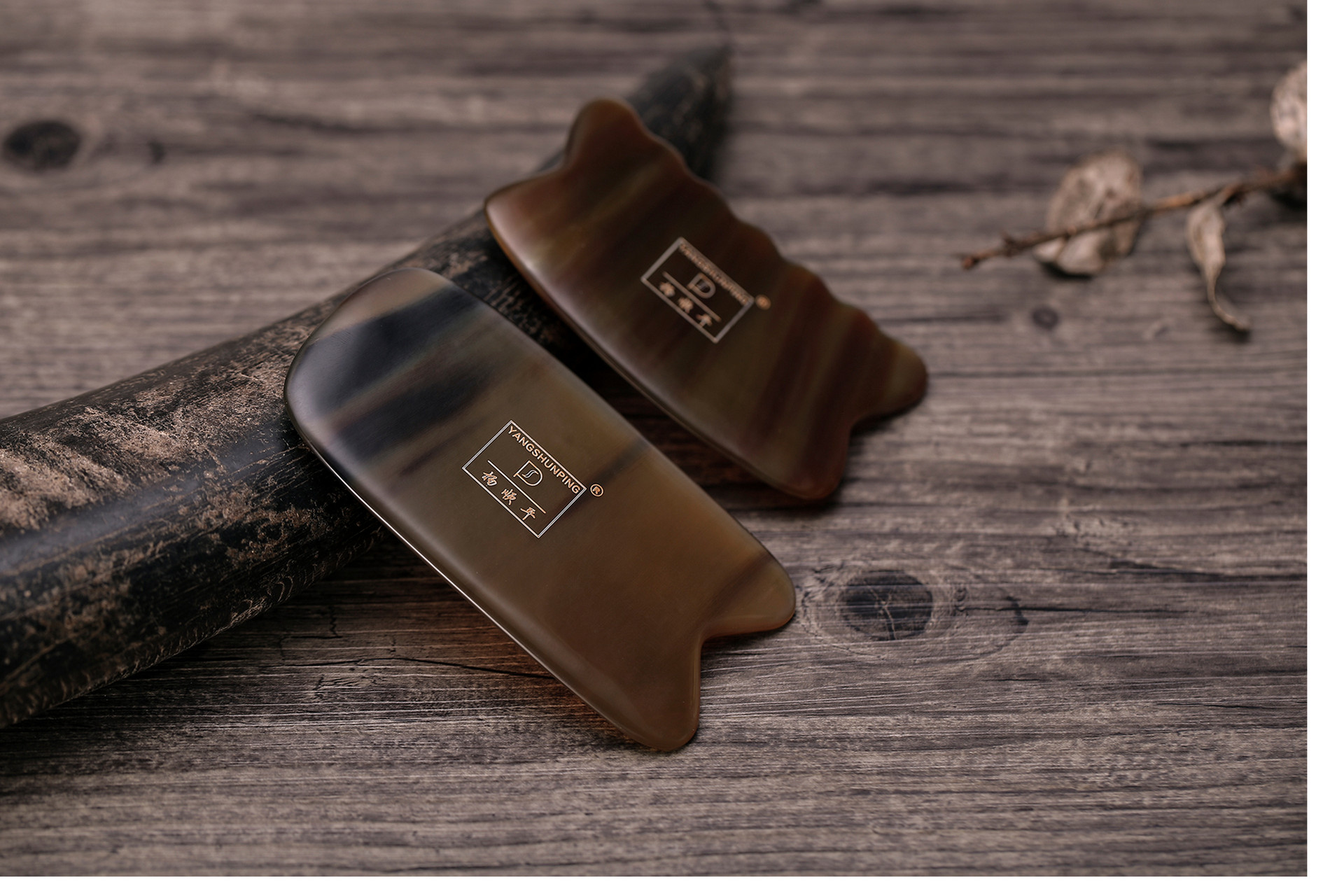Many people have tried gua sha, and getting a professional gua sha treatment at a reputable traditional Chinese medicine clinic can greatly relieve fatigue. Can gua sha treat cervical spondylosis? With the increasing number of cervical spondylosis patients, this question has attracted much attention. What are the techniques used in gua sha? Let's explore this topic together!
Can Gua Sha Treat Cervical Spondylosis?
Gua sha can provide relief for many diseases, including cervical spondylosis. If you are experiencing unbearable pain during a cervical spondylosis flare-up, you can try gua sha to effectively alleviate the symptoms. However, gua sha cannot cure cervical spondylosis because once the cervical spine is deformed, it cannot be restored. Gua sha can only provide temporary relief, not a cure.
Currently, there is no method to cure cervical spondylosis. Whether it is physical therapy, medication, traction, or massage, they all aim to alleviate local symptoms rather than cure the condition. It is important to be aware of this. Gua sha is a simple technique and has no side effects, so cervical spondylosis patients can use it regularly to relieve pain.
There are different types of cervical spondylosis, such as sympathetic type, vertebral artery type, and nerve root type. The technique used in gua sha varies depending on the type, mainly targeting different acupoints. It is recommended that cervical spondylosis patients seek professional assistance for gua sha to ensure accurate acupoint stimulation and better results.
Gua Sha Technique for Sympathetic Type Cervical Spondylosis
The sympathetic type of cervical spondylosis is often characterized by neck pain, dizziness, fatigue, blurred vision, and symptoms of limb coldness, hot flashes, sweating, insomnia, and vivid dreams. Gua sha can help relieve pain and invigorate the meridians.
Acupoints and Technique: The key acupoints are Xinshu, Pishu, Weishu, and Zusanli. Clean the local skin and use a gua sha tool to scrape the mentioned acupoints with moderate pressure until the skin turns red.
Gua Sha Technique for Cervical Type Cervical Spondylosis
Cervical type cervical spondylosis often presents with shoulder pain, limited neck movement, stiff shoulders and back, and radiating numbness in the shoulder and arm. Gua sha can help dispel wind and dampness and promote meridian circulation.
Acupoints and Technique: The key acupoints are Fengchi, Jiaji, Dazhui, and Jianjing. The patient should be seated, and the local skin should be cleaned. Use a gua sha tool to scrape back and forth on the mentioned acupoints with moderate pressure until petechiae appear on the skin.
Gua Sha Technique for Vertebral Artery Type Cervical Spondylosis
Patients with vertebral artery cervical spondylosis often experience dizziness, limited neck movement, and symptoms such as dizziness, tinnitus, irritability, and nausea. Gua sha can help tonify qi and blood.
Acupoints and Technique: The key acupoints are Fengchi, Pishu, Gan Yu Xue, Shenyu, and Xuanzhong. The patient should lie prone, and the local skin should be cleaned. Use a gua sha tool to scrape repeatedly on the mentioned acupoints with slow and gentle movements until the skin turns red.
Gua Sha Technique for Nerve Root Type Cervical Spondylosis
The main symptoms of nerve root type cervical spondylosis are neck and shoulder pain, radiating pain along the neck nerve root, and sensations of pricking, electric shock, and occasional numbness. Gua sha can help dredge the meridians and promote blood circulation.
Acupoints and Technique: The key acupoints are Jianjing, shoulder and neck acupoints, and the upper limb meridian pathway of the Hand Yangming Large Intestine Channel. The patient should be seated. Clean the local skin and use a gua sha tool to scrape the mentioned acupoints. Start with the shoulder well acupoint and then proceed to the upper limb. Apply strong pressure and fast strokes. Repeat the scraping until the patient's skin turns red.








